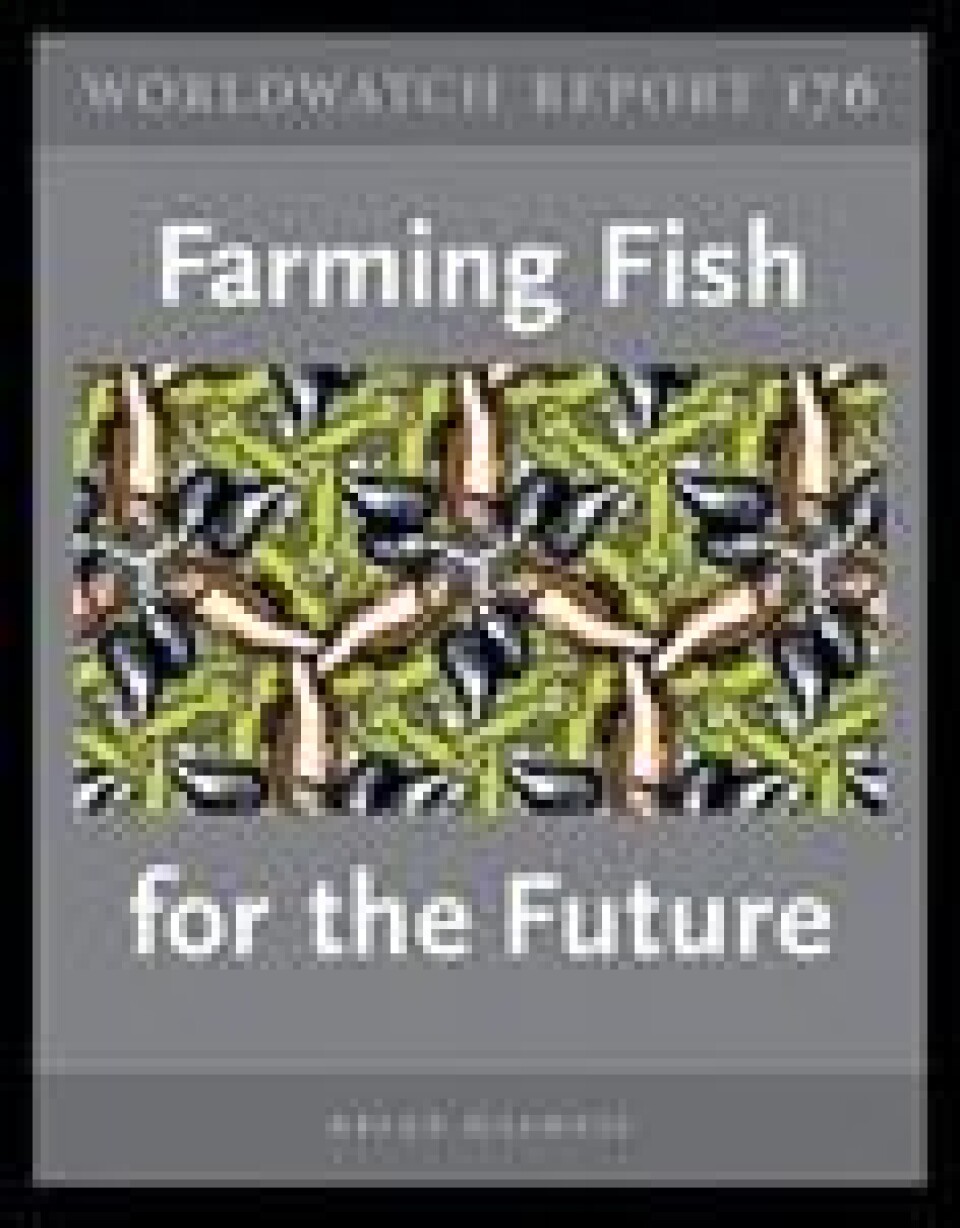
Worldwatch Institute: Well farmed fish could help feed the world
USA: Nearly half of the seafood eaten today is farmed. And while aquaculture is often equated with pollution, habitat degradation, and health risks, this explosive growth in fish farming may in fact be the most hopeful trend in the world's troubled food system, according to a new report from the Worldwatch Institute, a leading US think tank.
Brian Halweil, Senior Researcher at the institute, argues that if properly guided, fish farming can not only help feed an expanding global population, but also play a role in healing marine ecosystems battered by overfishing.
"In a world where fresh water and grain supplies are increasingly scarce, raising seafood like oysters, clams, catfish, and tilapia is many times more efficient than factory-farmed chicken or beef," Halweil said in a press release Wednesday. "Farmed fish can be a critical way to add to the global diet to hedge against potential crop losses or shortages in the supply of meat."
"But not all fish farming is created equal," Halweil notes. Carnivorous species like salmon and shrimp, while increasingly popular, consume several times their weight in fish feed - derived from other, typically smaller, fish - as they provide in edible seafood.
"It generally requires 20 kilograms of feed to produce just 1 kilogram of tuna," Halweil says. "So even as we depend more on farmed fish, a growing scarcity of fish feed may jeopardize future expansion of the industry."
To see the full press release about the 'Farming Fish for the Future' report, please go to: http://www.peopleandplanet.net/doc.php?id=3366. To learn more about the Worldwatch Institute, go to: http://www.worldwatch.org/.






















































